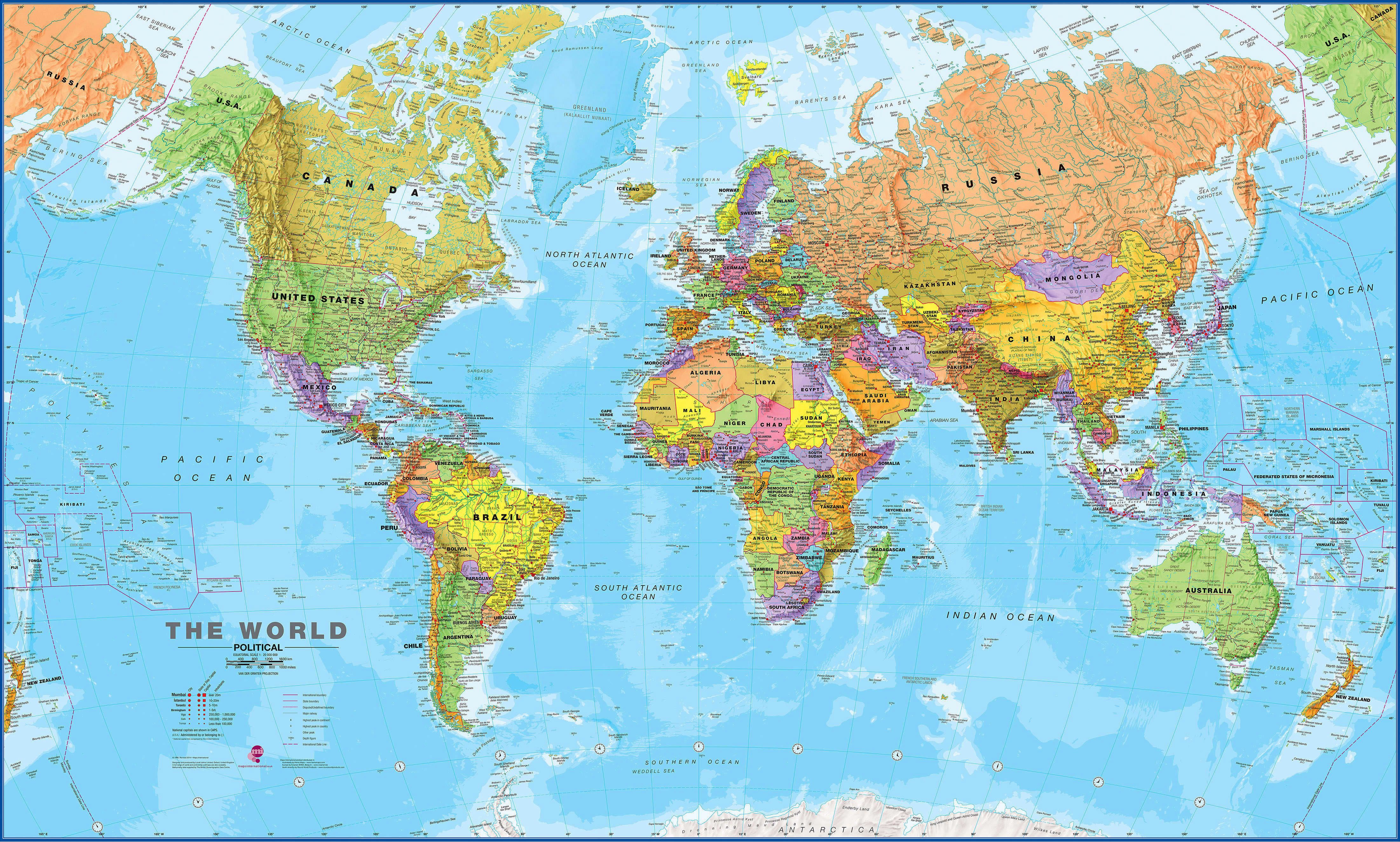Aids World Map

The global impact of AIDS (Acquired Immunodeficiency Syndrome) has been profound, affecting millions of lives and leaving an indelible mark on the world map. With its origins traced back to the early 1980s, AIDS has become one of the most devastating pandemics in human history. This article delves into the geographical distribution of AIDS, exploring the regions most affected, the factors influencing its spread, and the global efforts to combat this deadly disease.
AIDS: A Global Epidemic

AIDS, caused by the Human Immunodeficiency Virus (HIV), has spread across the globe, leaving no continent untouched. The virus attacks the immune system, weakening the body's ability to fight off infections and diseases. Over time, HIV progresses into AIDS, a stage where the immune system is severely compromised, leading to life-threatening illnesses.
The World Health Organization (WHO) and various global health organizations have played a pivotal role in monitoring and addressing the AIDS epidemic. Their efforts, combined with advancements in medical research and treatment, have led to significant progress in managing the disease. However, the battle against AIDS continues, and understanding its geographical distribution is crucial for targeted interventions and effective resource allocation.
Regional Impact: AIDS Hotspots and Vulnerable Areas

AIDS has not impacted all regions of the world equally. Certain areas have borne the brunt of the epidemic, while others have managed to contain its spread. Let's explore some of the key regions and their experiences with AIDS:
Sub-Saharan Africa: The Epicenter of the Epidemic
Sub-Saharan Africa has been the hardest-hit region by AIDS. According to the WHO, this region accounts for over two-thirds of all people living with HIV globally. Countries like South Africa, Nigeria, and Zimbabwe have been severely affected, with high prevalence rates and significant social and economic impacts.
Factors contributing to the high prevalence in this region include limited access to healthcare, poverty, cultural practices, and a lack of awareness about HIV transmission and prevention. The impact of AIDS extends beyond health, affecting families, communities, and the overall development of these nations.
Asia: A Growing Concern
Asia, the most populous continent, presents a complex picture when it comes to AIDS. While some countries like India and China have relatively low prevalence rates, others like Thailand and Myanmar have experienced significant outbreaks. The diverse cultural, economic, and social landscapes across Asia make it challenging to generalize the impact of AIDS.
In recent years, Asia has seen a rise in HIV infections, particularly among key populations such as men who have sex with men, transgender individuals, and people who inject drugs. The stigma and discrimination associated with HIV/AIDS often hinder access to healthcare and prevention services, exacerbating the problem.
Latin America and the Caribbean: Uneven Impact
The Latin American and Caribbean regions have witnessed varying levels of HIV/AIDS impact. Countries like Brazil, Mexico, and Haiti have higher prevalence rates compared to others in the region. Social inequalities, limited access to healthcare, and stigma contribute to the spread of HIV in these areas.
However, some countries like Uruguay and Costa Rica have successfully implemented comprehensive HIV prevention and treatment programs, leading to significant reductions in new infections and improved access to care.
Europe and North America: Success Stories and Challenges
Europe and North America have made significant strides in managing HIV/AIDS. With advanced healthcare systems and widespread access to antiretroviral therapy (ART), these regions have seen a decline in AIDS-related deaths and improved quality of life for people living with HIV.
Despite these successes, certain populations, including marginalized communities and individuals with limited access to healthcare, continue to face challenges. Additionally, the opioid crisis in North America has contributed to an increase in HIV infections among people who inject drugs.
Factors Influencing the Geographical Distribution of AIDS
The geographical distribution of AIDS is influenced by a multitude of factors, including socioeconomic conditions, cultural practices, healthcare infrastructure, and governmental policies. Let's delve into some of these factors:
Socioeconomic Factors
Poverty and socioeconomic disparities play a significant role in the spread of HIV/AIDS. Limited access to education, healthcare, and resources often coincide with higher prevalence rates. In regions with widespread poverty, people may engage in high-risk behaviors, such as unprotected sex or sharing contaminated needles, due to a lack of awareness or resources for safer alternatives.
Cultural Practices and Stigma
Cultural norms and beliefs can either promote or hinder HIV prevention and treatment efforts. Stigma and discrimination associated with HIV/AIDS often lead to silence and denial, preventing individuals from seeking testing, treatment, and support. In some cultures, HIV is associated with taboo topics like sex and homosexuality, making it challenging to address openly.
Healthcare Infrastructure and Access
The availability and accessibility of healthcare services are crucial in managing HIV/AIDS. Regions with well-developed healthcare systems and robust HIV testing and treatment programs tend to have better outcomes. However, in areas with limited resources, healthcare infrastructure may struggle to keep up with the demand for HIV-related services.
Governmental Policies and Funding
Governmental policies and funding allocations significantly impact the response to HIV/AIDS. Countries with strong political commitment and adequate funding for HIV prevention, testing, and treatment programs often see better outcomes. On the other hand, regions with limited political will or inadequate funding may struggle to control the epidemic.
Global Efforts to Combat AIDS
The global community has united in the fight against AIDS, with various organizations, governments, and individuals contributing to the cause. Here are some key initiatives and advancements:
The Global Fund to Fight AIDS, Tuberculosis, and Malaria
The Global Fund is a partnership designed to accelerate the end of AIDS, tuberculosis, and malaria as epidemics. It has provided significant financial support to countries, helping them strengthen their healthcare systems and scale up HIV prevention, testing, and treatment programs.
The Joint United Nations Programme on HIV/AIDS (UNAIDS)
UNAIDS is a specialized agency that unites the efforts of various UN organizations to combat HIV/AIDS. It works towards achieving global targets, such as reducing new HIV infections and ensuring access to treatment for all people living with HIV.
Advancements in HIV Treatment and Prevention
Medical research has led to significant advancements in HIV treatment and prevention. Antiretroviral therapy (ART) has transformed HIV from a fatal disease to a manageable chronic condition. Additionally, pre-exposure prophylaxis (PrEP) and post-exposure prophylaxis (PEP) have proven effective in preventing HIV transmission.
Community-Based Initiatives and Awareness Campaigns
Community-led initiatives and awareness campaigns play a vital role in HIV prevention and support. These efforts, often led by grassroots organizations and NGOs, focus on educating communities, reducing stigma, and providing support to people living with HIV.
Future Implications and Global Strategies

The fight against AIDS is far from over, but with continued efforts and innovation, the world can work towards ending the epidemic. Here are some key future implications and strategies:
Sustaining Progress and Addressing Inequalities
While significant progress has been made, inequalities persist, particularly in access to healthcare and treatment. Sustainable strategies must be developed to ensure that everyone, regardless of their socioeconomic status or geographic location, has access to HIV prevention, testing, and treatment services.
Innovative Approaches and Technology
The integration of technology and innovative approaches can revolutionize HIV prevention and care. Mobile health applications, telemedicine, and digital platforms can improve access to information, testing, and support, particularly in remote or underserved areas.
Community Engagement and Empowerment
Community engagement and empowerment are essential for sustainable HIV responses. Involving communities in decision-making processes and tailoring interventions to their specific needs and contexts can lead to more effective and acceptable HIV prevention and treatment programs.
Strengthening Healthcare Systems
Investing in and strengthening healthcare systems is crucial for long-term HIV management. This includes training healthcare workers, improving infrastructure, and ensuring the availability of essential HIV-related medications and commodities.
Global Collaboration and Funding
The global community must continue to collaborate and provide adequate funding for HIV/AIDS responses. Sustained financial support is necessary to ensure the continuity of HIV programs, particularly in resource-limited settings.
| Region | Prevalence Rate | Key Challenges |
|---|---|---|
| Sub-Saharan Africa | 25.0% (highest in the world) | Limited access to healthcare, poverty, cultural practices |
| Asia | 0.2% (average) | Stigma, discrimination, diverse cultural landscapes |
| Latin America and Caribbean | 0.4% (average) | Social inequalities, limited access to healthcare, stigma |
| Europe | 0.2% (average) | Marginalized communities, opioid crisis |
| North America | 0.6% (highest in the developed world) | Opioid crisis, socioeconomic disparities |

Frequently Asked Questions
How is HIV transmitted?
+HIV is primarily transmitted through unprotected sexual intercourse, sharing contaminated needles, and from mother to child during pregnancy, childbirth, or breastfeeding. It can also be transmitted through blood transfusions, although this risk is now extremely low due to screening measures.
What are the symptoms of HIV/AIDS?
+In the early stages of HIV infection, some people may experience flu-like symptoms such as fever, headache, fatigue, and swollen lymph nodes. However, many people do not show any symptoms for years. As HIV progresses to AIDS, symptoms may include severe weight loss, chronic diarrhea, and recurrent infections.
Is HIV/AIDS curable?
+Currently, there is no cure for HIV/AIDS. However, with early diagnosis and effective antiretroviral therapy (ART), HIV can be managed as a chronic condition, allowing people to live long and healthy lives. ART suppresses the virus, reduces the risk of transmission, and prevents the progression to AIDS.
How can HIV be prevented?
+HIV prevention strategies include practicing safer sex (using condoms consistently and correctly), avoiding sharing needles, and getting tested regularly. Pre-exposure prophylaxis (PrEP) is a medication that can be taken by people at high risk of HIV to reduce their chances of becoming infected. Additionally, community-based initiatives, education, and awareness campaigns play a crucial role in HIV prevention.
What is the global response to HIV/AIDS?
+The global response to HIV/AIDS involves a multi-faceted approach. It includes international organizations like the Global Fund and UNAIDS, which provide funding and support to countries. Governments, healthcare systems, and communities also play crucial roles in HIV prevention, testing, and treatment. Additionally, medical advancements, such as antiretroviral therapy and PrEP, have revolutionized HIV management.



![Canvas ] Canvas ]](https://wiki.datalab.ischool.uw.edu/assets/img/canvas.jpeg)